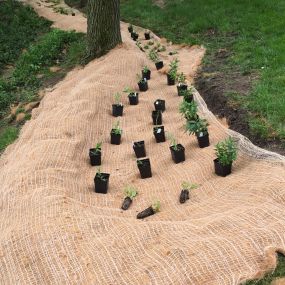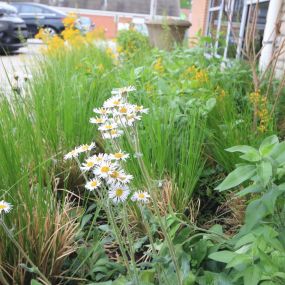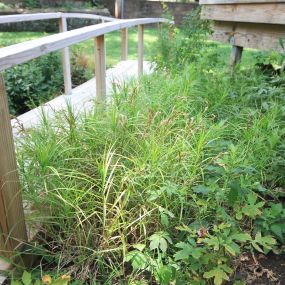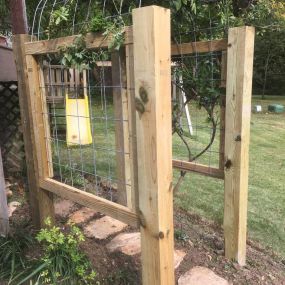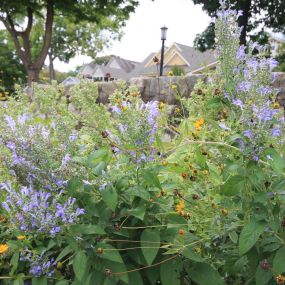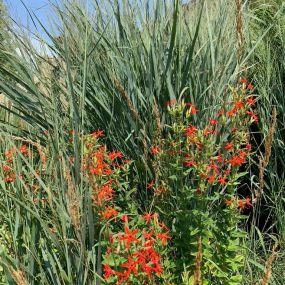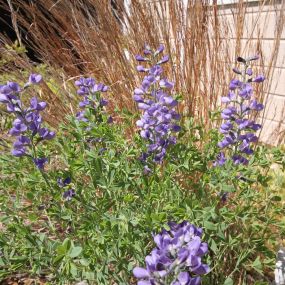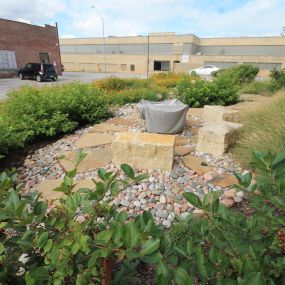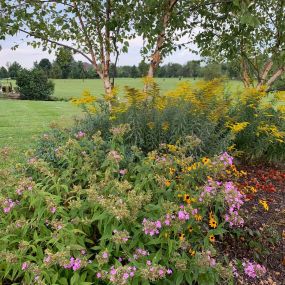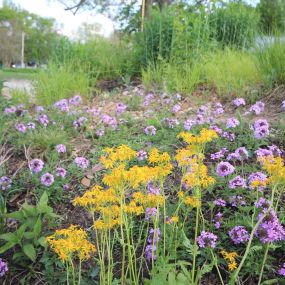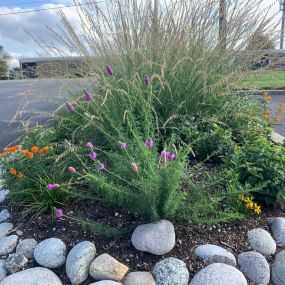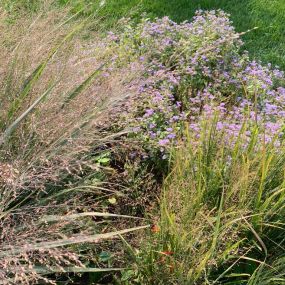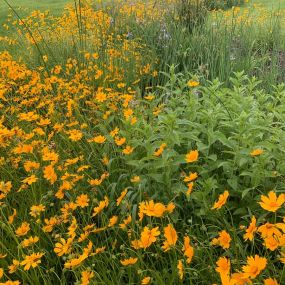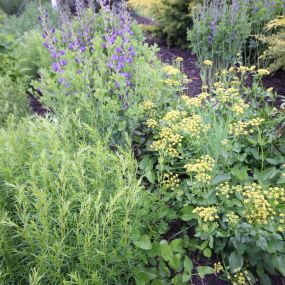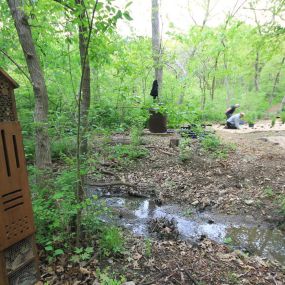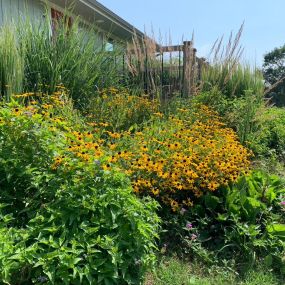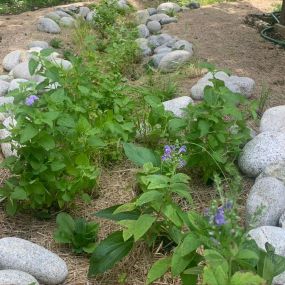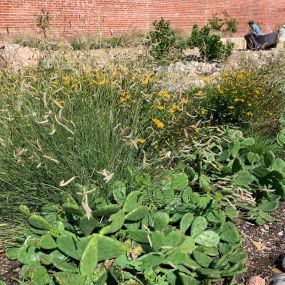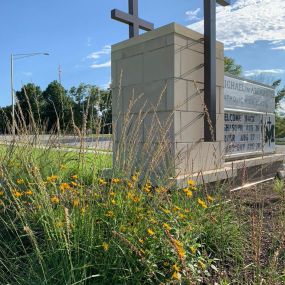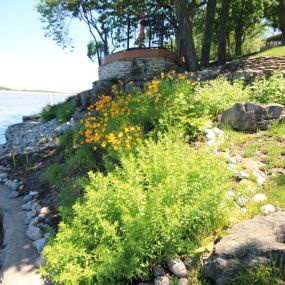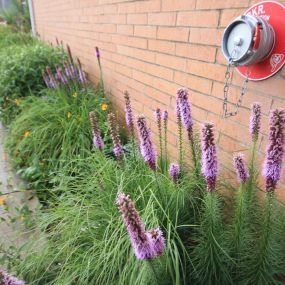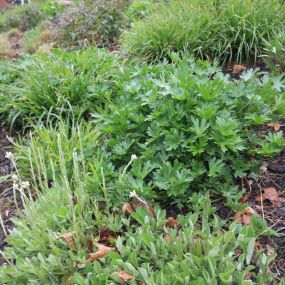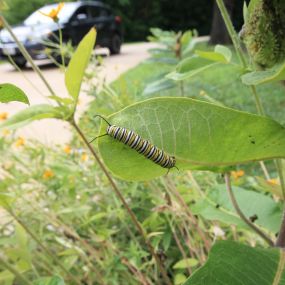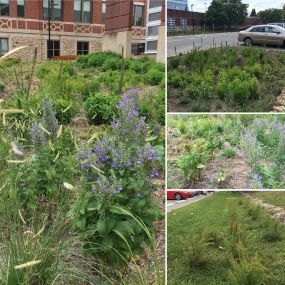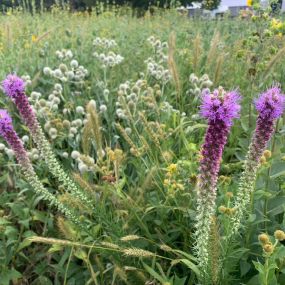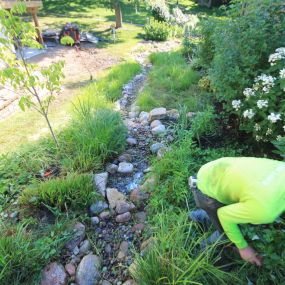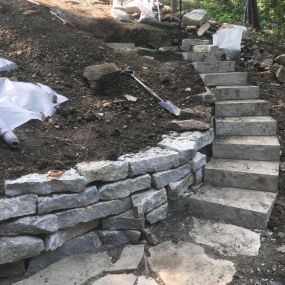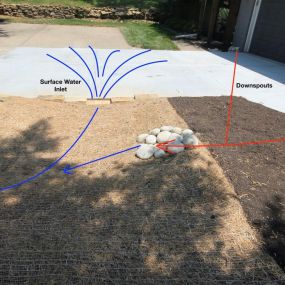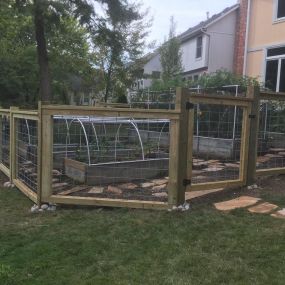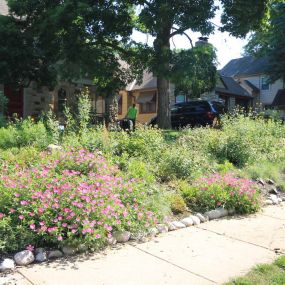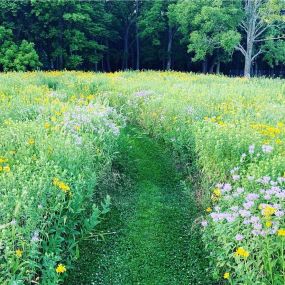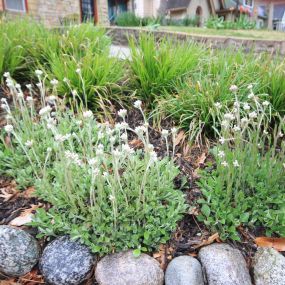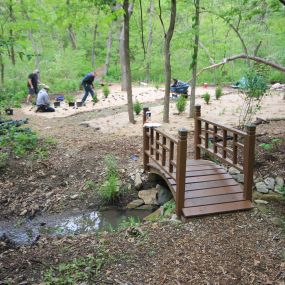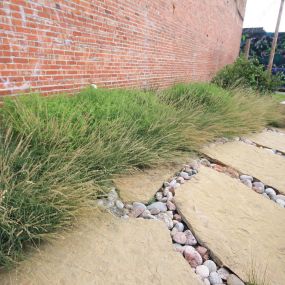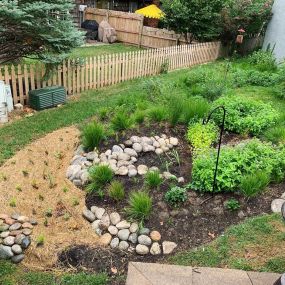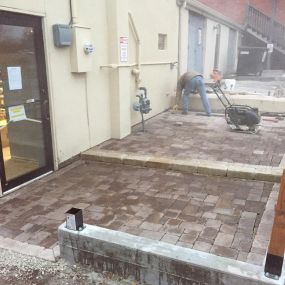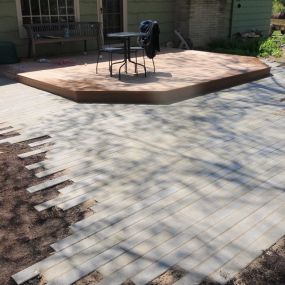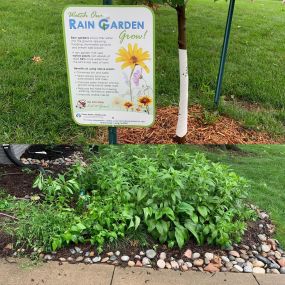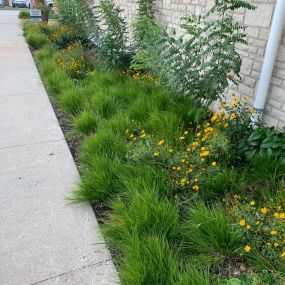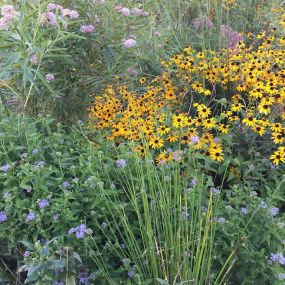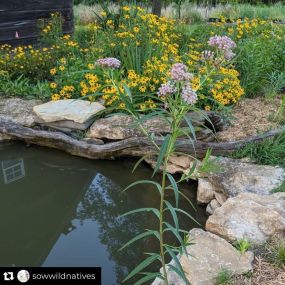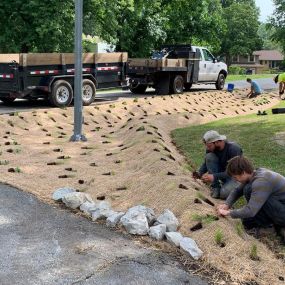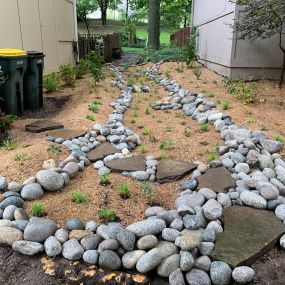Down To Earth Services in Kansas City

Heures d'ouverture
- Lundi
- 09:00 - 17:00
- Mardi
- 09:00 - 17:00
- Mercredi
- 09:00 - 17:00
- Jeudi
- 09:00 - 17:00
- Vendredi
- 09:00 - 17:00
Options pour modifier tes données
Die Seite "Down To Earth Services" est géré par une agence.Veuillez contacter votre partenaire d'agence pour mettre à jour le contenu.
Down To Earth Services Marchés de jardin
16010 E 85th
64139
Kansas City
Description
Our Slogan “Grow with nature” We are the anti-trend store. We focus on growing plants that are native to our surroundings. Prior to the arrival of settlers the prairies and wetlands of Missouri looked quite different, supporting a wide range of plants, insects, and animals. Gardening traditions date as far back as 35,000 BCE. Persians and Egyptians would expand upon early simple practices. With the growth of early civilizations and the expanse of upper-class elites, one begins to see gardening becoming a symbol of status. In the 16 & 17th centuries British Explorers began bringing home tropical plants. These plants were grown in glass houses. Many were planted outside as bedding plants in the spring. This style was highly formal, structured gardening, requiring high resource use (similar to many practices still utilized today). Even back then gardeners like William Robinson rejected Victorian “excess” by promoting “wild Gardening” (although Robinson did not utilize native plants but hardy plants that would tend to themselves). In the America’s Settlers brought with them gardening traditions heavily influenced by the British Isles. Settlers grew ornamentals that reflected their homeland. An authentic American style has yet to truly emerge. Yet native plants have recently begun to make a resurgence in public places where a natural style is obtained. These gardens tend to reflect nature taking inspiration from nature. Historian Penelope Hobhouse has stated that 20th-century gardening is the “Era of Conservation”. With increased awareness for rare species and cultivars, and for water conservation and wildlife habitat. These new practices reflect national and regional styles favoring native plants and natural forms. Native plants conserve soil and water and provide the backbone for non-polluting landscapes because they don't need fertilizers or pesticides. They support a diversity of wildlife through improved habitat and reduce long-term maintenance. They are winter hard
